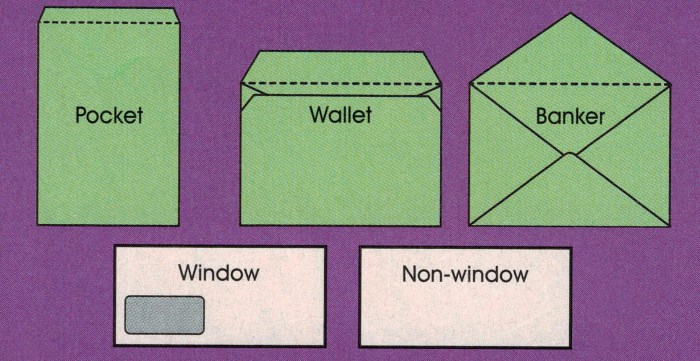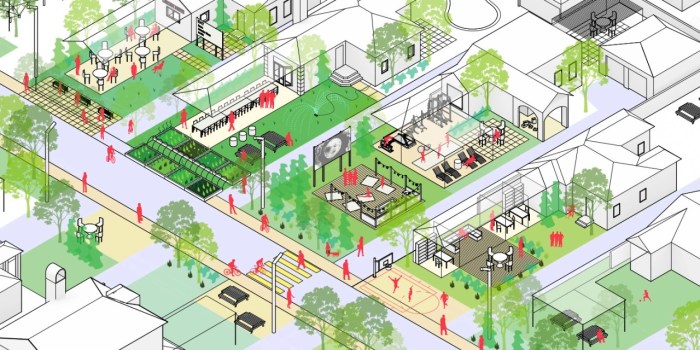Exploring the Fine Homebuilding Envelope Award Winners
Embarking on a journey through the world of Fine Homebuilding Envelope Award Winners, we delve into the realm of innovative designs, sustainability, and industry trends that shape the construction landscape. This captivating exploration promises insights that will intrigue and inspire readers.
As we uncover the criteria, impact, and significance of these prestigious awards, a tapestry of excellence and creativity unfolds before us, showcasing the best in envelope design.
Fine Homebuilding Envelope Award Winners
The Fine Homebuilding Envelope Award is a prestigious recognition given to outstanding projects that showcase excellence in building envelope design and construction. This award highlights the importance of energy efficiency, durability, and overall performance of the building envelope in residential construction.
Criteria for Selecting Winners
- Energy Efficiency: Projects that demonstrate exceptional energy performance through efficient insulation, air sealing, and overall building envelope design.
- Durability: Structures that exhibit long-lasting and resilient building envelope materials and assemblies, capable of withstanding various environmental conditions.
- Innovation: Designs that push the boundaries of traditional building envelope concepts, incorporating new technologies or strategies to improve performance.
- Aesthetics: Projects that combine functional performance with visually appealing building envelope solutions, enhancing the overall architectural design.
Impact on the Construction Industry
Winning the Fine Homebuilding Envelope Award not only brings recognition to the project and the team involved but also sets a standard for excellence in building envelope design within the construction industry. It inspires other builders and architects to prioritize energy efficiency, durability, and innovation in their projects, leading to overall improvement in building practices and the quality of residential construction.
The award-winning projects serve as valuable examples for sustainable and high-performance building envelope solutions, driving the industry towards a more efficient and environmentally conscious future.
Award-Winning Envelope Designs

Innovative envelope designs play a crucial role in creating energy-efficient and sustainable buildings. Let's explore some examples of award-winning envelope designs that have excelled in this aspect.
Passive House Design
Passive House designs have gained recognition for their exceptional energy efficiency. These envelopes typically feature high levels of insulation, airtight construction, and advanced window technologies to minimize heat loss and gain.
- Materials: Passive House envelopes often use high-performance insulation materials such as rigid foam, mineral wool, or straw bales. Triple-glazed windows with low emissivity coatings are also commonly used to reduce heat transfer.
- Construction Techniques: Airtight construction techniques, such as the use of tapes and membranes to seal gaps and joints, are critical in Passive House designs. Proper installation is key to achieving the required level of airtightness.
Green Roof Design
Green roofs have been recognized for their ability to enhance energy efficiency, reduce stormwater runoff, and provide additional insulation. These award-winning envelope designs incorporate vegetation on the roof surface, creating a living, breathing envelope.
- Materials: Green roofs typically consist of multiple layers, including a waterproofing membrane, drainage layer, growing medium, and vegetation. The combination of these materials helps regulate temperature and improve air quality.
- Construction Techniques: Proper installation of the waterproofing membrane and drainage system is crucial in green roof designs to prevent leaks and ensure efficient water management. Maintenance is also essential to preserve the health and longevity of the vegetation.
Straw Bale Construction
Straw bale construction has gained popularity for its sustainability, thermal performance, and affordability. These envelope designs utilize straw bales as a natural insulating material, providing excellent thermal resistance.
- Materials: The primary material used in straw bale construction is straw bales, which are stacked and plastered to create walls with high insulation value. Additional materials such as clay or lime plaster are applied for protection and durability.
- Construction Techniques: Proper stacking and compacting of straw bales are essential to ensure structural stability and thermal performance. Attention to detail during plastering is necessary to prevent moisture infiltration and maintain airtightness.
Sustainability and Energy Efficiency
When it comes to award-winning envelopes, sustainability and energy efficiency are key factors that set them apart. These designs prioritize reducing energy consumption and environmental impact while maintaining high performance standards.
Integration of Green Building Practices
Award-winning envelopes often integrate green building practices that focus on minimizing energy usage and maximizing efficiency. This includes using sustainable materials, optimizing insulation levels, and incorporating passive design strategies to reduce the need for artificial heating and cooling.
Envelope Design and Energy Performance
- Envelope design directly impacts the overall energy performance of buildings by controlling heat flow, air leakage, and moisture infiltration. A well-designed envelope can significantly reduce energy consumption for heating and cooling, leading to lower utility costs and reduced carbon emissions.
- By improving insulation levels, utilizing high-performance windows, and sealing air leaks, award-winning envelopes create a tight building envelope that minimizes thermal bridging and heat loss, resulting in a more comfortable indoor environment and lower energy bills.
- Additionally, sustainable features such as green roofs, solar panels, and rainwater harvesting systems can further enhance the energy efficiency of buildings with award-winning envelopes, demonstrating a holistic approach to sustainable design and construction.
Industry Trends and Future Outlook
Keeping up with industry trends is crucial for architects and builders to stay ahead in the ever-evolving world of envelope design within the construction industry. Let's explore the current trends and predict how envelope design might shape up in the future.
Current Trends in Envelope Design
Envelope design trends are leaning towards sustainability, energy efficiency, and smart technology integration. Architects and builders are increasingly incorporating green building practices, passive design strategies, and high-performance materials to enhance the overall efficiency and durability of building envelopes.
- Utilization of advanced insulation materials such as aerogel and vacuum insulated panels for improved thermal performance.
- Integration of smart technologies like dynamic glazing and automated shading systems for better control over natural light and heat gain.
- Focus on air sealing and moisture management to prevent energy loss and moisture-related issues, ensuring a healthy indoor environment.
Future Evolution of Envelope Design
Looking ahead, envelope design is expected to continue evolving to meet the increasing demands for sustainable and resilient buildings. The future of envelope design may involve:
- Advancements in building envelope materials to enhance durability, flexibility, and thermal performance.
- Integration of renewable energy systems within the building envelope to further reduce the reliance on grid electricity.
- Incorporation of biophilic design principles to create healthier and more productive indoor environments.
Importance of Staying Updated with Industry Trends
Architects and builders must stay informed about the latest industry trends to deliver innovative and efficient building solutions. By staying updated, professionals can leverage new technologies, materials, and design strategies to create sustainable, energy-efficient, and high-performance building envelopes that meet the evolving needs of occupants and the environment.
Final Conclusion
In conclusion, the Fine Homebuilding Envelope Award Winners stand as testaments to ingenuity, pushing the boundaries of construction and design. As we look to the future, the evolution of envelope design promises exciting possibilities and continued innovation in the industry.
Frequently Asked Questions
How are winners selected for the Fine Homebuilding Envelope Award?
Winners are chosen based on criteria such as innovation, sustainability, and energy efficiency in envelope design.
What materials are commonly used in award-winning envelope designs?
Materials like high-performance insulation, advanced glazing systems, and sustainable building products are often featured in these designs.
How do envelope designs contribute to energy performance of buildings?
Envelope designs impact energy performance by reducing heat loss, improving insulation, and promoting overall sustainability.
Why is it important for architects and builders to stay updated on industry trends?
Staying informed on trends ensures professionals can adapt to new technologies, materials, and practices, staying at the forefront of innovation.



